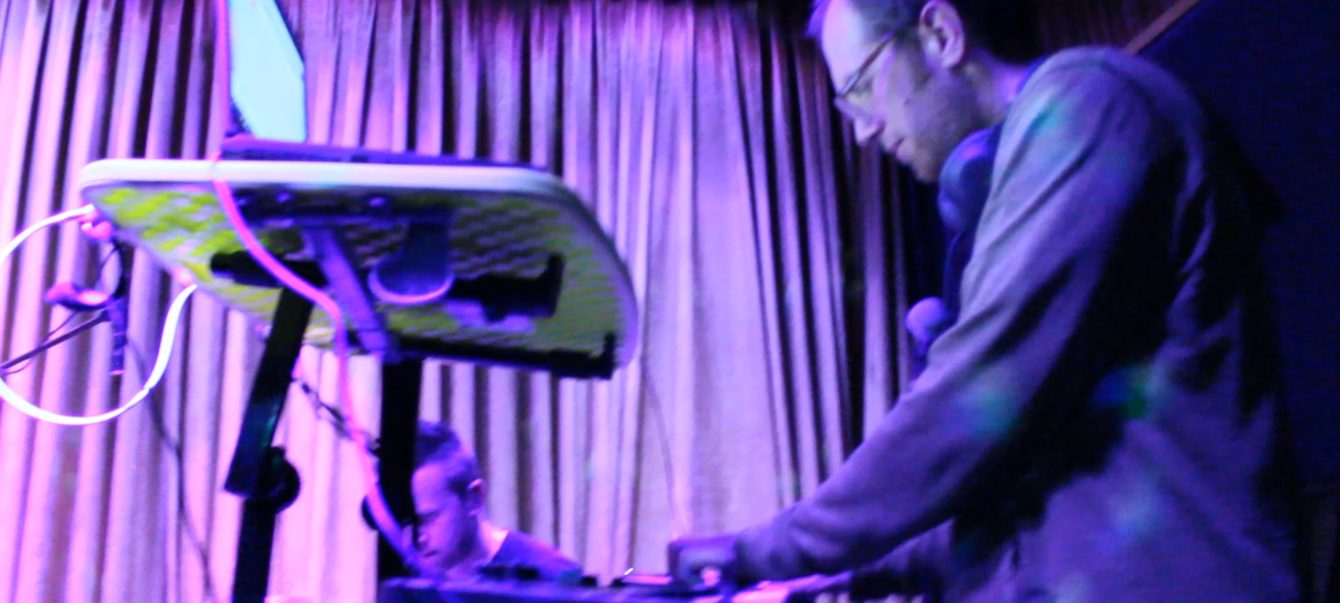Taking Selfies with Sound Five Approaches to Use When Recording Ourselves
There have been times when I would feel that my rate of improvement didn’t line up with the large chunks of time I was spending at the instrument practicing. Sometimes practicing a lot isn’t enough. We need other methods to elevate our playing and bring cohesion to all the concepts we are working through.

The two things that helped me develop in ways that practicing alone could not accomplish were:
- Touring and playing live for audiences that were focused on the music – rather than being background music at a restaurant.
- Being recorded several times a week in various formats.
Both of these things happened a lot in college and I continue to use them both for myself and my students. For this post I will focus on recording.
When our ensembles at the University of Miami would perform for each other in class (usually two to three times a week), the music engineering students would arrive early and set up the mics and gear to record us. We would perform for our peers and teachers while being recorded. The format usually started with us performing, then there would be a critique or discussion by the teacher/students about the performance, then the recording would be played back for everyone to digest further – leading to more critique or discussion.
We were so green at the time, I remember being totally confused by the recordings quite often. Sometimes when I thought we sounded pretty good, we were actually terrible. And when I thought we were terrible, sometimes we were pretty good. This was the beginning of the process. Eventually, we were able to sense how we sounded as we were playing and made the necessary adjustments to be closer to the “sounding good” realm.
After years of experimenting with different ways to improve overall performance by recording myself and students, here are some key points I focus on:
- Attitude: Stay positive. We can’t record ourselves only to pick ourselves apart and beat ourselves up. This leads to prolonged slumps and exaggerates our shortcomings. Find the things that sound good and build from there.
- Frequency: I went through a phase where I tried to record something I was practicing every day. It really bogged things down. I couldn’t hear a big difference from day to day. It became frustrating. Two or three times a week seems right – basically any time you feel you have something new to bring to the table press ‘record’.
- Independence: We will eventually not need our teachers or anyone else to tell us how we sound. The teacher’s role will simply be to help us get where we want to go, not make us aware of things we aren’t aware of. Recording helps to make us aware.
- Goals: I keep this simple… Make a great recording. Every time we record, make something that we would want to listen to… When a student records, make sure they try create a recording that pleases them – not us (the teachers).
- Results: We eventually become more aware of how we sound in real time the more we record. This makes our playing more spontaneous and free. Focusing on execution too much can make the recordings sound more stale, even if the execution is improving. Recording naturally puts the priority on capturing inspiration in a moment – a snapshot of sound. The better we sound while being recorded, the better we sound in general. It’s often more difficult to sound good in a recording than any other venue or medium – it’s intense and rewarding practice.
One of my favorite things about this is when students are recording themselves – they no longer say, “I sounded better at home.”
They know how they sound and usually come ready to absorb what they can to improve themselves and their recordings.
Recording is way less intimidating to students today since they’ve grown up being recorded, photographed and often take selfies themselves. In music practice we just take selfies with sound and see benefits as we continue to record.
